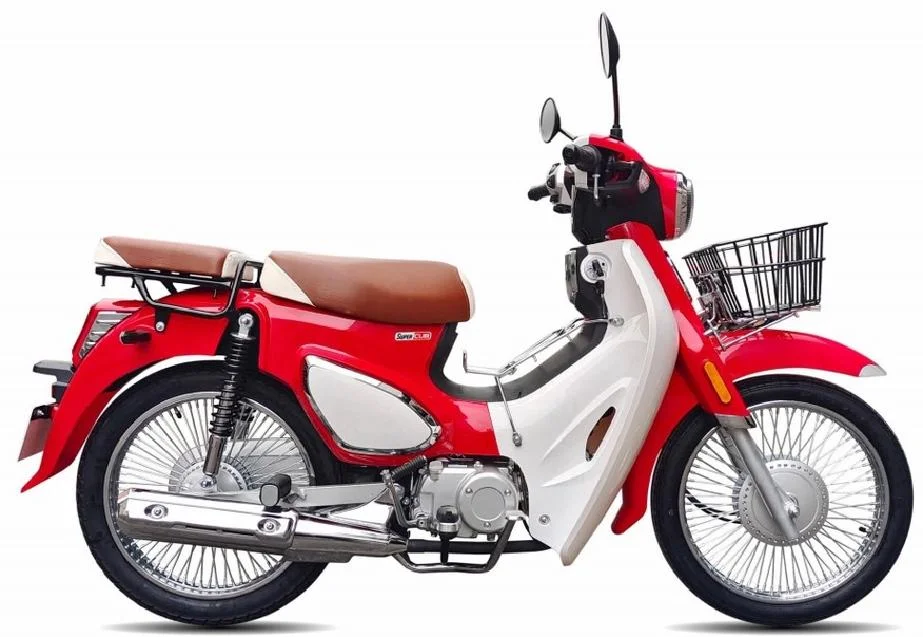In an increasingly interconnected world, the choice of transport mode plays a pivotal role in the efficiency and reliability of logistics and personal travel. As businesses and individuals seek to optimize their transportation strategies, the question arises: Which mode of transport is more reliable? This inquiry is multifaceted, encompassing various dimensions such as speed, cost, environmental impact, and the nature of goods or passengers being transported. In this article, we will delve into the reliability of different transport modes, providing a nuanced perspective that can aid decision-making for both businesses and consumers.
Understanding Reliability in Transport
Reliability in transport can be defined as the ability to deliver goods or passengers on time and in good condition, consistently. This encompasses several factors, including:
- Timeliness: The ability to adhere to schedules.
- Safety: The risk of accidents or damage during transit.
- Condition of Goods: The likelihood of goods arriving undamaged.
- Flexibility: The ability to adapt to unforeseen circumstances.
Comparative Analysis of Transport Modes
- Road Transport
Road transport is one of the most commonly used modes for both freight and passenger travel. Its reliability is influenced by several factors:
- Advantages:
- Flexibility: Road transport offers door-to-door service, making it highly adaptable to various logistics needs.
- Speed: For short to medium distances, road transport can be faster than other modes, especially in areas with well-developed infrastructure.
- Disadvantages:
- Traffic Congestion: Urban areas often face significant traffic delays, impacting reliability.
- Weather Conditions: Adverse weather can severely disrupt road transport schedules.
- Rail Transport
Rail transport is often considered a reliable mode for moving bulk goods over long distances.
- Advantages:
- Consistency: Trains run on fixed schedules, making them less susceptible to delays compared to road transport.
- Capacity: Trains can carry large volumes of goods, which can be more efficient for bulk shipments.
- Disadvantages:
- Limited Accessibility: Rail networks may not reach all destinations, necessitating additional transport modes.
- Infrastructure Dependency: Reliability can be affected by the condition of rail infrastructure and maintenance schedules.
- Air Transport
Air transport is synonymous with speed, making it a preferred choice for time-sensitive shipments.
- Advantages:
- Speed: Air transport is the fastest mode available, significantly reducing transit times.
- Global Reach: Air freight can connect remote locations quickly, facilitating international trade.
- Disadvantages:
- Cost: Air transport is typically the most expensive option, which can limit its use for certain goods.
- Weather Vulnerability: Flights can be delayed or canceled due to weather conditions, impacting reliability.
- Maritime Transport
Maritime transport is essential for international trade, particularly for bulk goods.
- Advantages:
- Cost-Effectiveness: Shipping by sea is often cheaper than air transport, especially for large volumes.
- Capacity: Ships can carry vast quantities of goods, making them ideal for bulk shipments.
- Disadvantages:
- Long Transit Times: Maritime transport is the slowest mode, which can be a drawback for time-sensitive deliveries.
- Port Congestion: Delays at ports can affect overall reliability.
Factors Influencing Reliability
When assessing the reliability of transport modes, several external factors must be considered:
- Infrastructure Quality: Well-maintained roads, railways, airports, and ports are crucial for ensuring reliable transport.
- Regulatory Environment: Compliance with safety and operational regulations can impact the reliability of transport services.
- Technological Advancements: Innovations such as GPS tracking and automated logistics systems enhance the reliability of transport modes by providing real-time data and improving operational efficiency.
Conclusion: The Quest for Reliability
Ultimately, the question of which mode of transport is more reliable does not yield a one-size-fits-all answer. Each mode has its strengths and weaknesses, and the choice depends on specific needs, including the nature of the goods, budget constraints, and time sensitivity.



